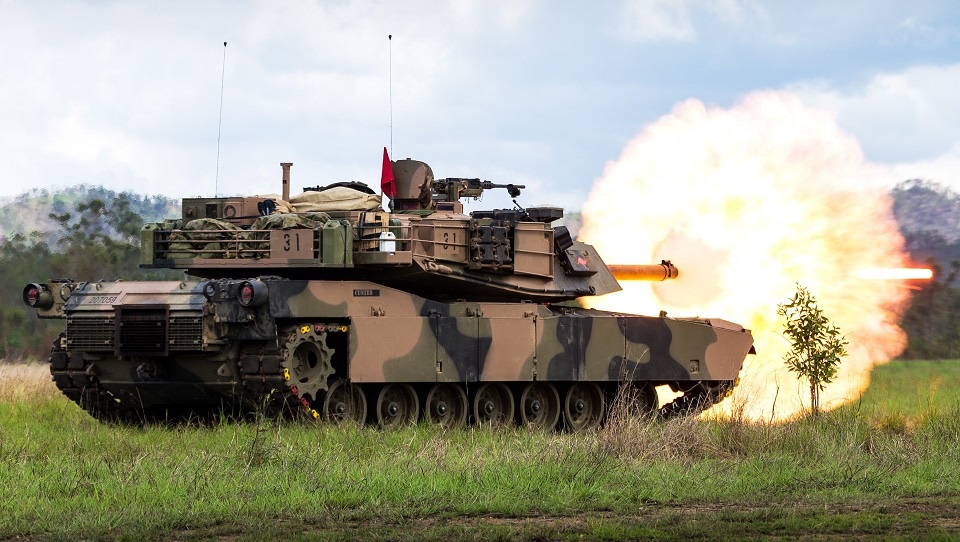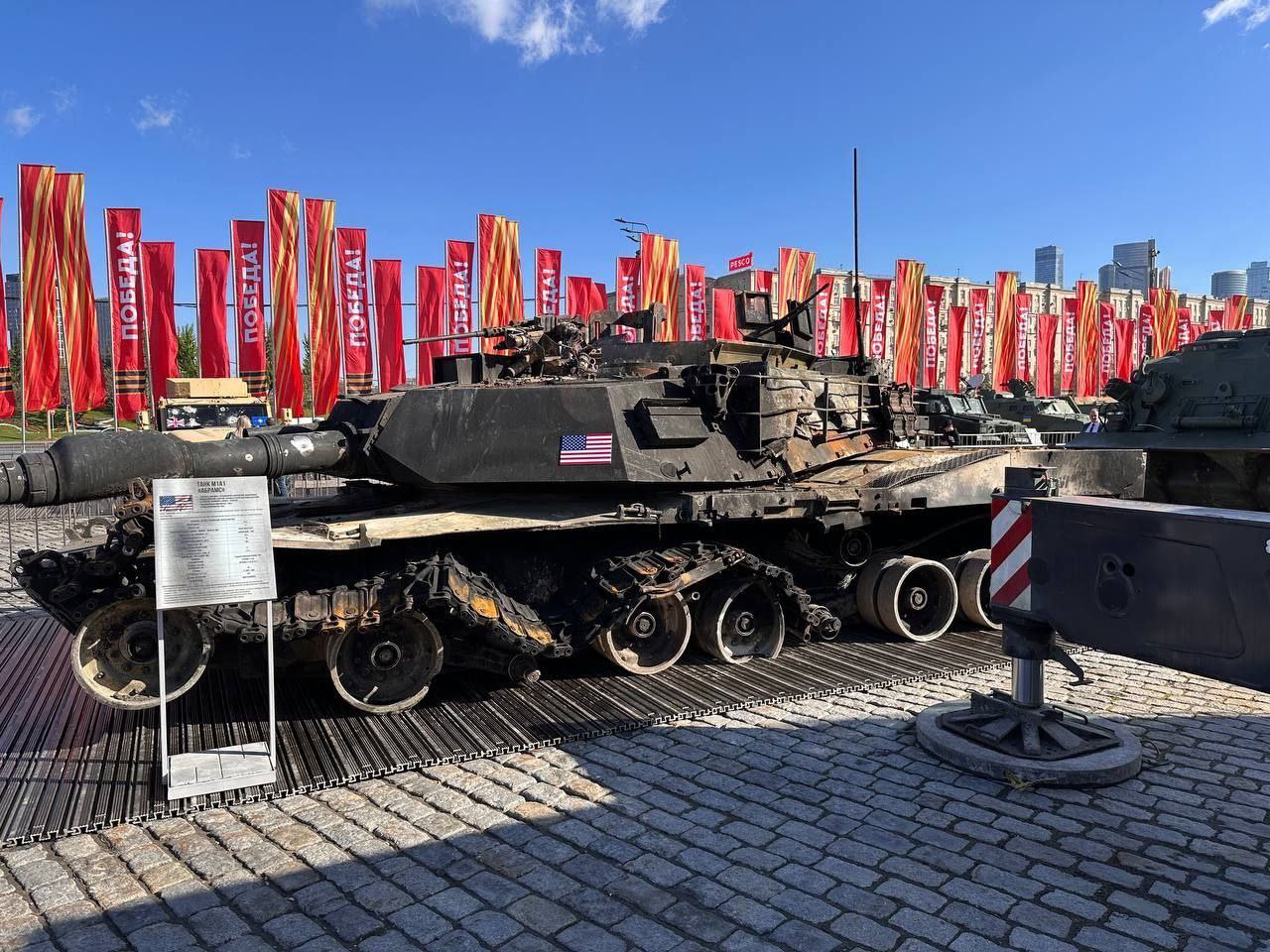Australia has finally pledged to transfer 49 M1A1 Abrams to Ukraine, following months of intensive campaigning by the Kyiv administration for the advanced main battle tanks (MBTs). Incidentally, the announcement comes amid persisting concerns over the effectiveness of these older US-origin battle tanks in combat.
Australia’s Minister for Defense Industry and Capability Delivery, Pat Conroy, announced that 49 M1A1s would be sent to Ukraine to bolster the embattled country’s fight against advancing Russian troops.
“These tanks will deliver more firepower and mobility to the Ukrainian Armed Forces and complement the support provided by our partners for Ukraine for Ukraine’s armored brigades,” Conroy said in a statement.
The United States, which had initially sold the tanks to Australia, approved its transfer to Ukraine.
The Abrams tanks are believed to be worth $164 million, bringing Australia’s total military aid to Ukraine to above $1.3 billion. Since these tanks are fairly outdated, at least some will need refurbishment, while others could be used for spare parts, as the Ukrainian troops are already operating the Abrams donated by the US.
The decision to transfer the M1A1 Abrams to Ukraine comes as the Royal Australian Army plans to decommission these antiquated MBTs and swap them out for the more modern M1A2 version. As per the plan, the Army will retain 10 of its 59 outdated Abrams tanks to help with the transition to the newer tanks.
Nonetheless, the announcement comes as a surprise since the Australian government had been dilly-dallying on the Ukrainian request for Abrams for more than a year.
Last year, the Ukrainian government even created an attention-grabbing video as part of its appeal to Australia, but to no avail. Military observers have referred to the Australian decision as a U-turn.

More importantly, though, the transfer of M1A1 tanks comes amid enduring doubts over the combat efficacy of these archaic battle tanks. According to some reports, Ukraine has lost at least 20 of the 31 Abrams that it received from the US last year—turning the frontline into a graveyard for the tanks that were previously hailed as game-changers.
EurAsian Times could not verify the exact number of Abrams losses.
M1A1 Abrams: Inefficient In Battlefield So Far
Ukraine secured the delivery of all 31 M1A1 Abrams from the United States by October 2023, hoping for a strategic advantage on the dynamic battlefield. However, the jubilation on receiving the combat-hardened Western tank did not last long, as the tanks started to become prime targets of the Russian military.
The Ukrainian crews in charge of maintaining these tanks told the media in May 2024 that the Ukrainian crews and soldiers were exposed to attacks due to the lack of armor needed to withstand modern weapons like drones. Although the tank was designed for mobility warfare, its flaws in the drone and missile-heavy environment of Ukraine essentially rendered it ineffective.
In addition, the tanks experienced technical problems due to condensation, which adversely affected their electronic parts.
Moreover, the crews highlighted that the Abrams were ill-suited for operation in Ukraine. They noted that Abrams is designed for use in NATO combat, where artillery and air power are essential in preparing the ground before the advance of tanks and troops. Ukraine has frequently voiced its dissatisfaction with the lack of air power and artillery to support its tank operations.
According to reports, the M1A1s were mostly deployed near Avdiivka, a city in the eastern Donbas region that was captured by Russia after a protracted battle in February 2024.
Russia has also managed to capture some Abrams. At least one of these tanks was displayed as a war trophy in an exhibition earlier this year.

Some unknown Pentagon officials told the Associated Press in April that Ukraine had temporarily withdrawn American-supplied Abrams M1A1 battle tanks from the frontline as Russian drone warfare had made it too difficult for Ukraine to operate without being detected or coming under attack. The drones were reportedly attacking the Abrams tanks from angles such as the top or rear, where tank armor is most vulnerable.
However, a Ukrainian tank crew said in May that at least a few tanks were still being used at the frontline, albeit with no recorded tank-on-tank battles. At the time, a tank commander told Ukrainian media: “It all depends on the situation. You see, we don’t fight in a way that it’s purely tank-on-tank.”
There is no confirmation on whether the tanks were withdrawn or if the previous Pentagon assessment was a mere smokescreen.
In fact, after the egregious decimation of Abrams at the frontline, Ukraine retrofitted the surviving tanks with slat armor and anti-drone armor screens, popularly known as cope cages, to increase their survivability. The modified Abrams tanks now feature comprehensive protection, including additional explosive reactive armor (ERA).
Earlier, photos of upgraded Abrams showed an extensive array of armor screens. The primary screen was seen mounted on top of the turret, with additional screens protecting the tank’s front, sides, and rear. Some images also showed an armor screen attached to the rear of the hull.

The updated Abrams tanks also have additional ERA (Explosive Reactive Armor) tiles on top of the US-standard M19 Abrams Reactive Armor Tiles (ARAT) along the sides of the hull. Additionally, Soviet-designed Kontakt-1 ERA tiles are now fitted on both sides of the front of the hull, with entire arrays affixed on the top and bottom.
It is likely that when the archaic Australian Abrams arrive in Ukraine, they will receive similar upgrades to enhance the tank’s defense against Russian drones. However, neither side has elaborated on the kind of refurbishment the tank will need to be able to fight against Russia.
Despite their combat vulnerabilities, the addition of Abrams to Ukraine’s armored units will bolster Kyiv’s combat posture as it seeks to thwart a rapid Russian advance into Ukraine. Moreover, with US military aid for Ukraine becoming increasingly uncertain in the wake of Presidential elections in November, a big tank fleet coming from Australia is good news for Kyiv.
Earlier, while expressing dissatisfaction with Abrams’s abysmal performance, Ukrainian President Zelenskyy emphasized that the country “needed more” Abrams for decisive outcomes.
- Contact the author at sakshi.tiwari9555 (at) gmail.com
- Follow EurAsian Times on Google News




